Philippine storm toll passes 1,000 as cities prepare burials
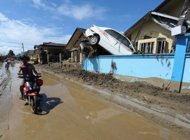
Authorities in the port cities of Cagayan de Oro and Iligan, on the island of Mindanao, where sleeping families were swept to sea from coastal slums, said unclaimed corpses piling up in mortuaries were posing health risks and had to be interred.
The death toll is expected to rise even further as more floating bodies are recovered after sunrise, said Benito Ramos, head of the National Disaster Risk Reduction and Management Council.
Ramos's latest toll was a sharp increase from the council's previous figures of 662 dead and 82 missing issued just hours earlier. The Philippine Red Cross, which is doing its own tally, earlier reported 713 dead and 563 missing.
They (the dead bodies) were washed out to sea. They were underwater for the first three days but now, in their state of decomposition, they are bloated and floating to the surface," Ramos told AFP.
"The death toll will rise again (in the morning) when more bodies surface."
The huge death toll came as government relief workers recovered more bodies from Mindanao, particularly Cagayan de Oro and Iligan, which have borne most of the deaths from Washi.
A British national was among those killed by the storm, Britain's Foreign Office said on Monday.
Whole villages perched on sandbars or on the shores of rivers were washed away when Washi struck Mindanao and nearby areas over the weekend, bringing a month's worth of rain in a 24-hour period.
The disaster area, located about 800 kilometres (500 miles) from the capital Manila, is normally bypassed by typhoons that ravage other parts of the far-flung Philippine archipelago every year.
As a result, many residents were caught by surprise when floods suddenly hit their homes in the dead of night, before dawn on Saturday.
More than 88,000 people have been displaced by the storm with over half of them huddled in crowded, makeshift government evacuation centres, the disaster management council said.
Teresita Badiang, an engineer at Iligan mayor's office, said the city had begun constructing two concrete communal tombs where cadavers would be placed side by side "so that their burial will be dignified."
In Cagayan de Oro, where the disaster council placed the death toll at 336, Mayor Vicente Emano said a mass burial would be held within the week.
Dr Jaime Bernadas, the department of health's director for the region, said cadavers were still being processed prior to "temporary burial" in the city.
Health officials were taking DNA samples and photographs of victims.
Dr Eric Tayag, head of the national epidemiology centre in Manila, said the government was taking steps to prevent outbreaks of cholera, dysentery, dengue and respiratory problems particularly in congested evacuation centres.
"Around 10 days after this flooding there might be an epidemic of water-borne diseases," Tayag warned on television.
President Benigno Aquino is set to visit the stricken zone on Tuesday after ordering a review of the country's disaster defences.
Getting a full accounting of the dead and missing is difficult as most of the victims were "informal settlers" -- a term typically used for slum squatters and internal migrants who are often unregistered by authorities.
Authorities likened the impact of tropical storm Washi to Ketsana, one of the country's most devastating storms which dumped huge amounts of rain on Manila and other parts of the country in 2009, killing more than 460 people.
What the stars mean:
★ Poor ★ ★ Promising ★★★ Good ★★★★ Very good ★★★★★ Exceptional
 Tag:
Tag:
Related Contents
Latest News
More News
- Thailand asks Laos to waive visa fee at border checkpoints to boost tourism (October 21, 2024 | 17:23)
- Laos pledges to continue efforts to empower girls (October 21, 2024 | 17:17)
- Chinese electric vehicle maker to build plant in Indonesia (October 21, 2024 | 17:12)
- Vietnam Elevator Association introduces Elevator Safety Application to the world (October 18, 2024 | 09:00)
- A taste of the future - the go-to spot at the Worldchefs Congress & Expo 2024 (October 15, 2024 | 16:11)
- Jakarta to impose household waste levy (October 14, 2024 | 16:49)
- China, Laos plan to build connectivity development corridor with Thailand (October 14, 2024 | 16:19)
- Singapore keeps monetary policy unchanged (October 14, 2024 | 16:00)
- Indonesia aims to become key chain in global EV industry (October 14, 2024 | 15:59)
- RoK, Singapore to deepen AI, defence cooperation (October 09, 2024 | 16:18)



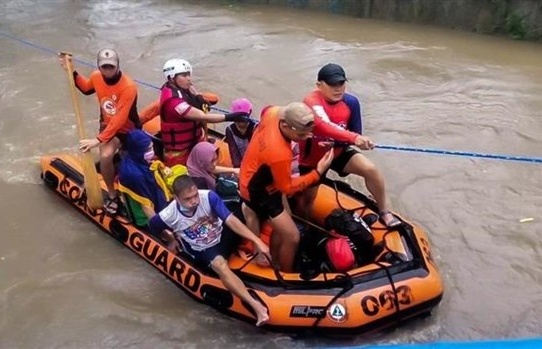
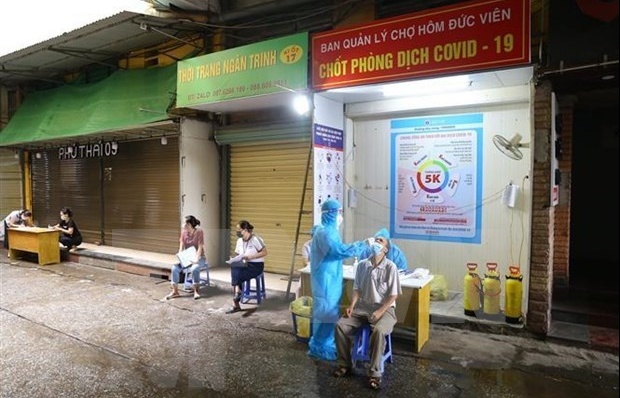
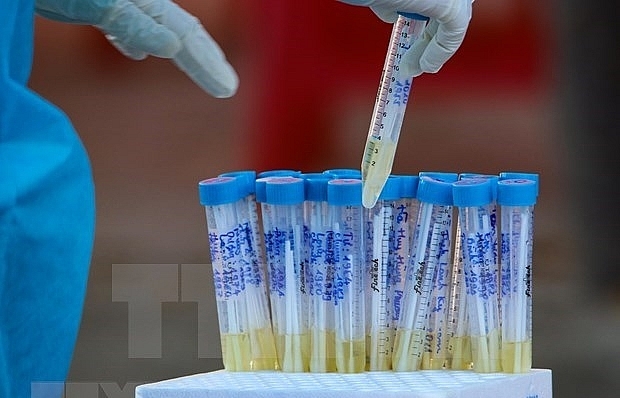
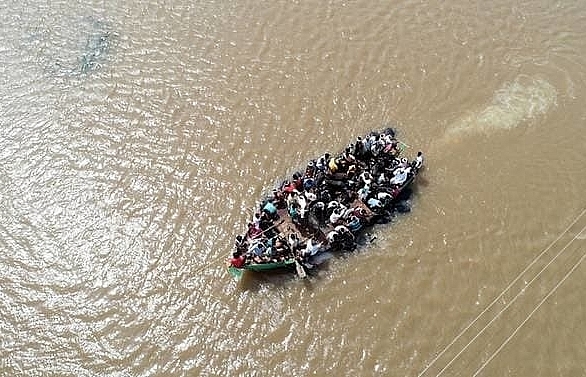
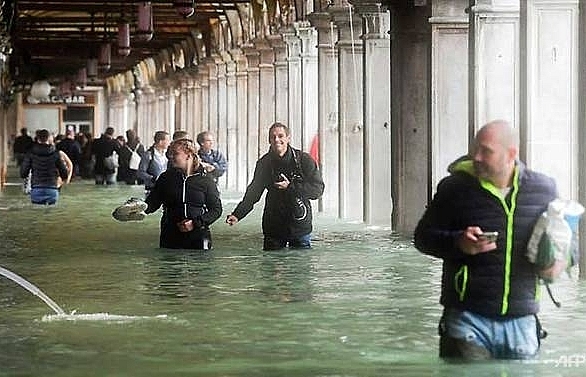
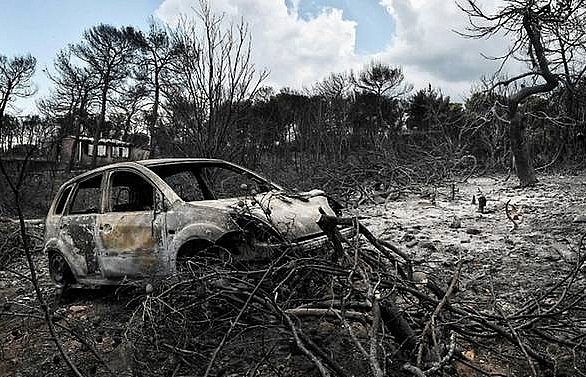



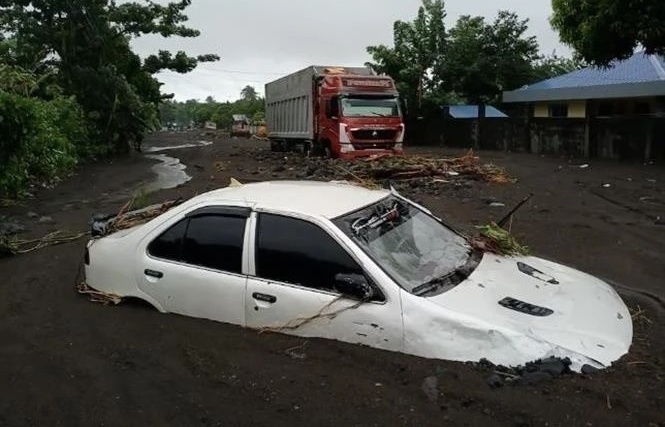
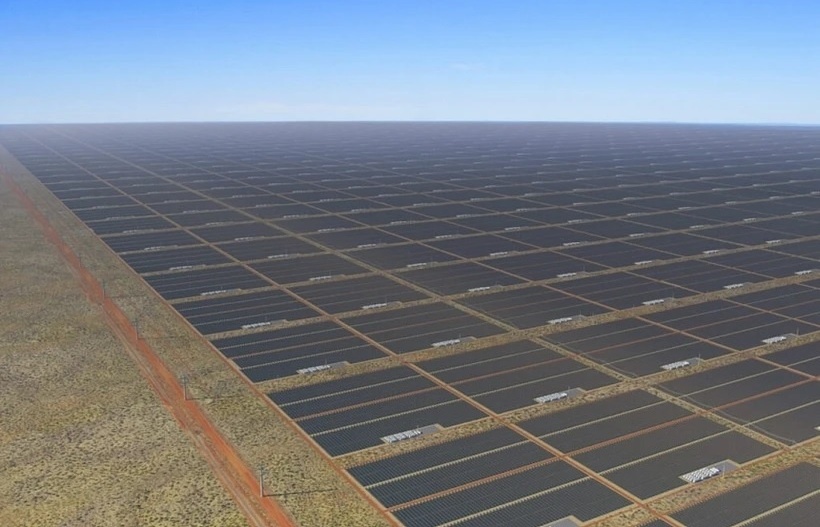










 Mobile Version
Mobile Version